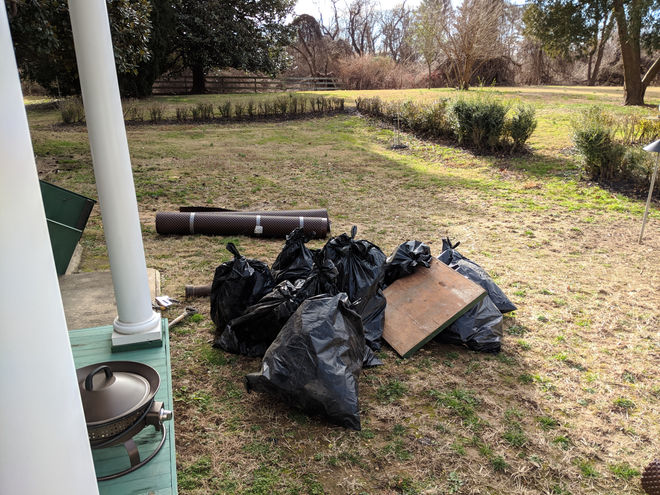Project Date:
January 9, 2019
The theory behind crawl space venting is that moisture in the ground needs a path to escape. So outside air should be allowed into your crawlspace to carry that moisture away from the structure. However, let's think about this a little more. In winter, the outside air is very cold and dry. The crawlspace is warmer so the cold and dry air will enter the crawlspace causing it to cool off. This causes a signifcant amount of heat loss from the conditioned space - especially if the crawlspace is not insulated from the conditioned space. In summer, the outside air is warm and humid while the crawlspace is cool. Outside air comes into the crawlspace and, as the temperature drops, it will actually deposit moisture. A crawlspace in summer will likely never dry out.
The solution to this is to encapsulate the crawlspace. Working with a company in Easton called Total Home Performance, I encapsulated my crawlspace. This involves installing a moisture pad which allows free water to flow under the encapsulation plaster. Then there is a 10mil plastic layer installed everywhere to keep all moisture out. The vents are also closed off, sealed, and insulated. The final step is spray foam insulation sprayed on all the exterior surfaces.
The room above the crawlspace is signifcantly warmer in the winter and there has been no moisture issues at all. Definitely worth doing!
























